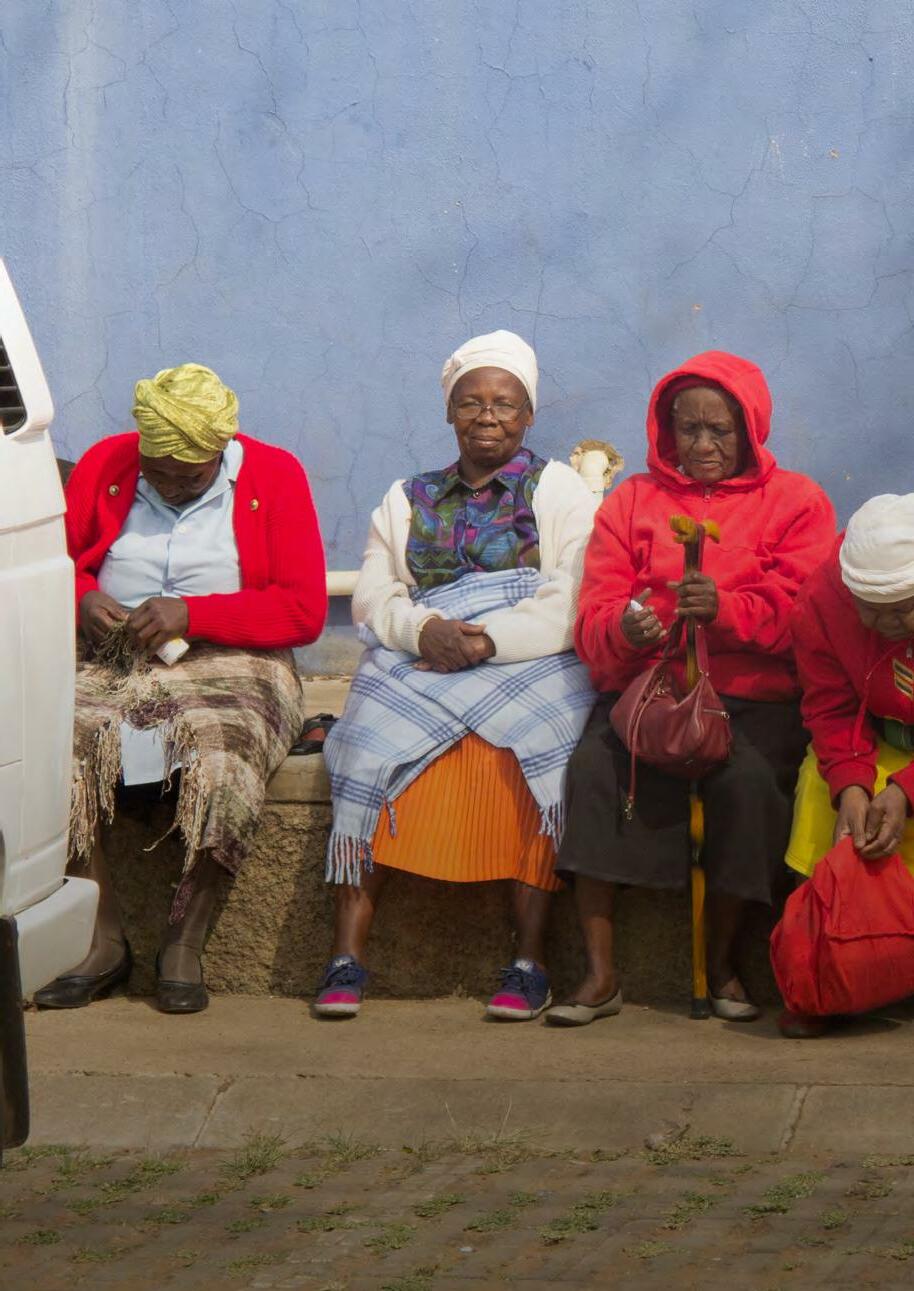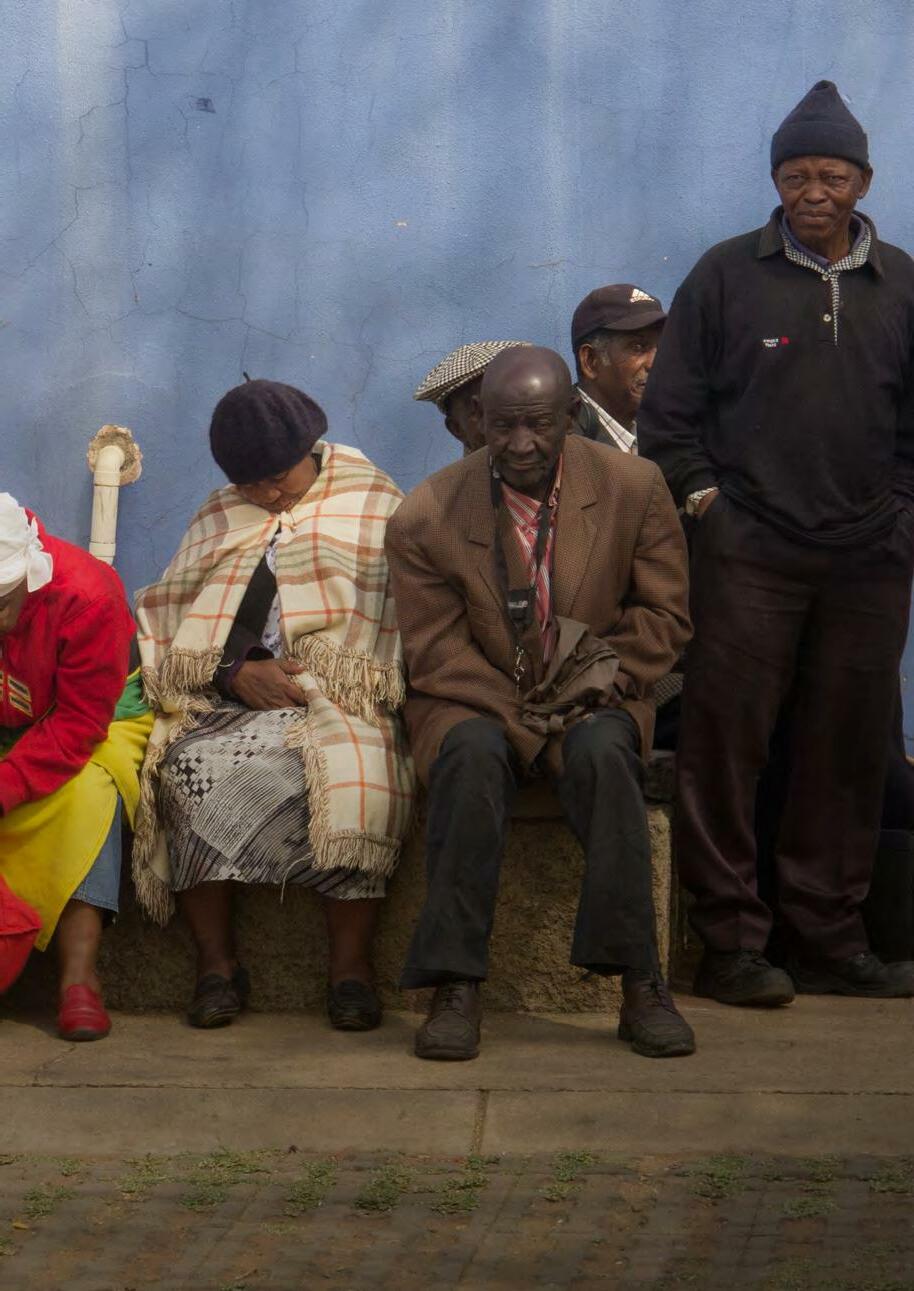
1 minute read
AFRICA AND THE MIDDLE EAST
There are more than 80 million people living with diabetes in Africa and the Middle East; half of them are undiagnosed, meaning that they are unaware of the diabetes-related complications they are at risk of developing.2
As urbanisation increases and populations age, type 2 diabetes will pose an evergrowing challenge. Africa and the Middle East are expected to have the highest future percentage increase in the number of people with diabetes compared with other parts of the world.2 By 2045, there will be almost 165 million people with diabetes – more than double the current figure.2
JOHANNESBURG, SOUTH AFRICA JOINED IN 2016
Empowering Johannesburg’s young people to bend the curve on diabetes
Read more on page 30
BEIRUT, LEBANON JOINED IN 2018 ISTANBUL, TURKEY JOINED IN 2020

Beirut is focused on building local evidence-based data
Beirut joined the programme in 2018. The programme’s partners in Beirut are initially focusing on mapping the problem to ascertain what needs are not currently being met in terms of diabetes prevention and management. Once there is a clear understanding of what is needed, the Cities Changing Diabetes partners in Beirut will be able to plan their interventions accordingly.
Istanbul to map the shape of obesity
Istanbul, which is home to 15.5 million people,23 has a diabetes prevalence rate of approximately 15%.54 This high figure is likely to rise further if something is not done to dramatically curb obesity in the city, where three in 10 people are living with the condition. As such, obesity and its risk factors will be the focus of the mapping phase of the Cities Changing Diabetes programme in Istanbul.










